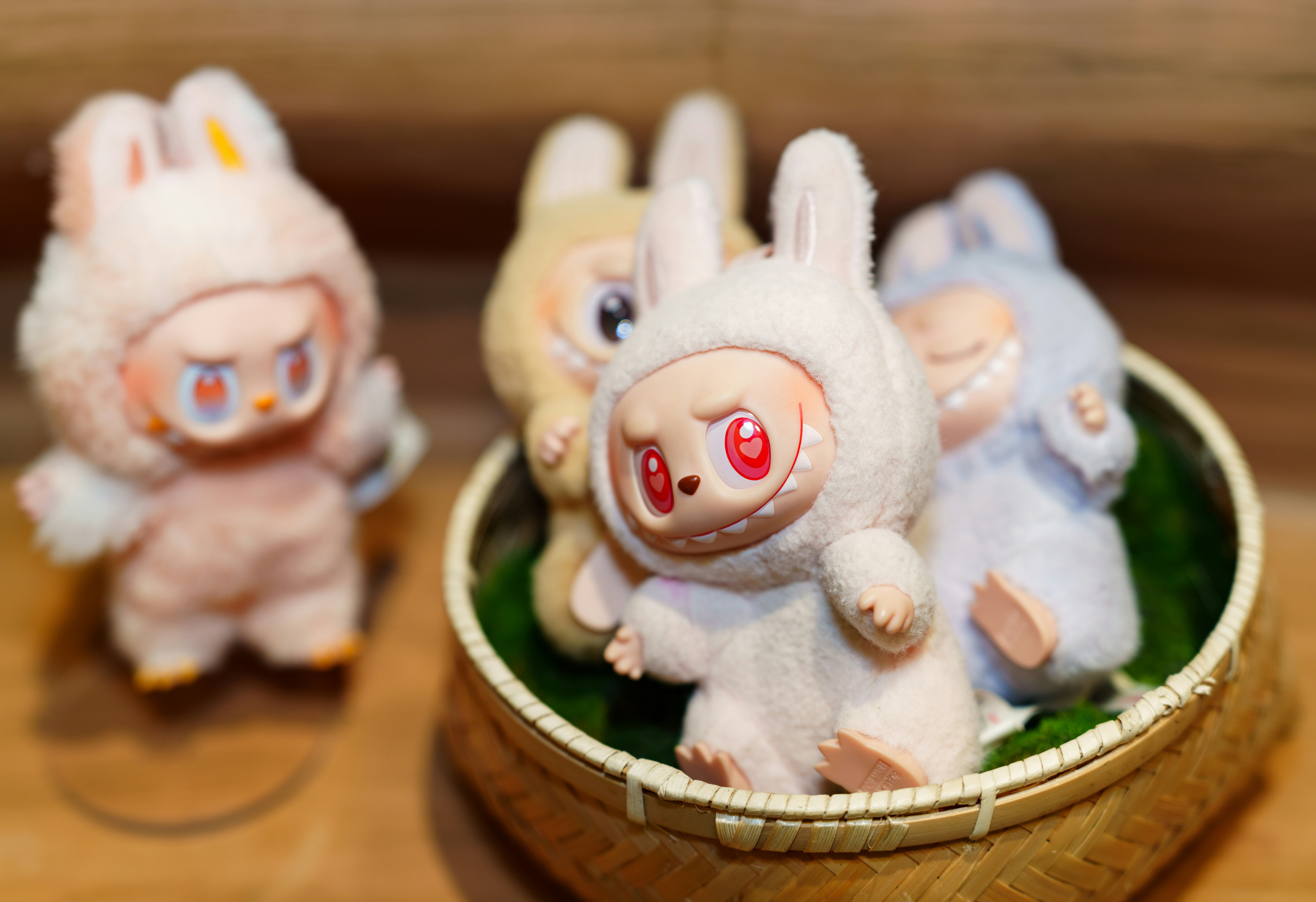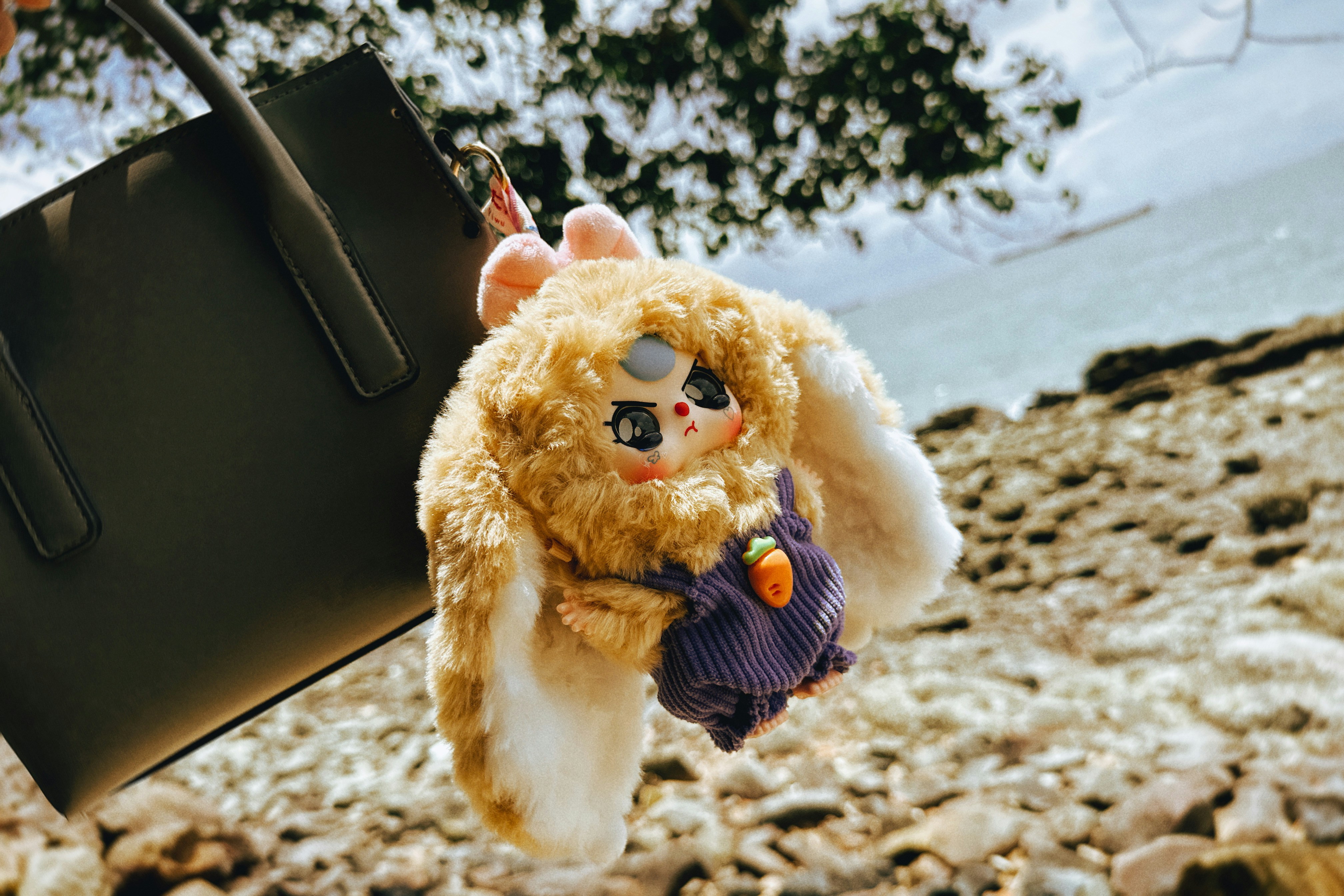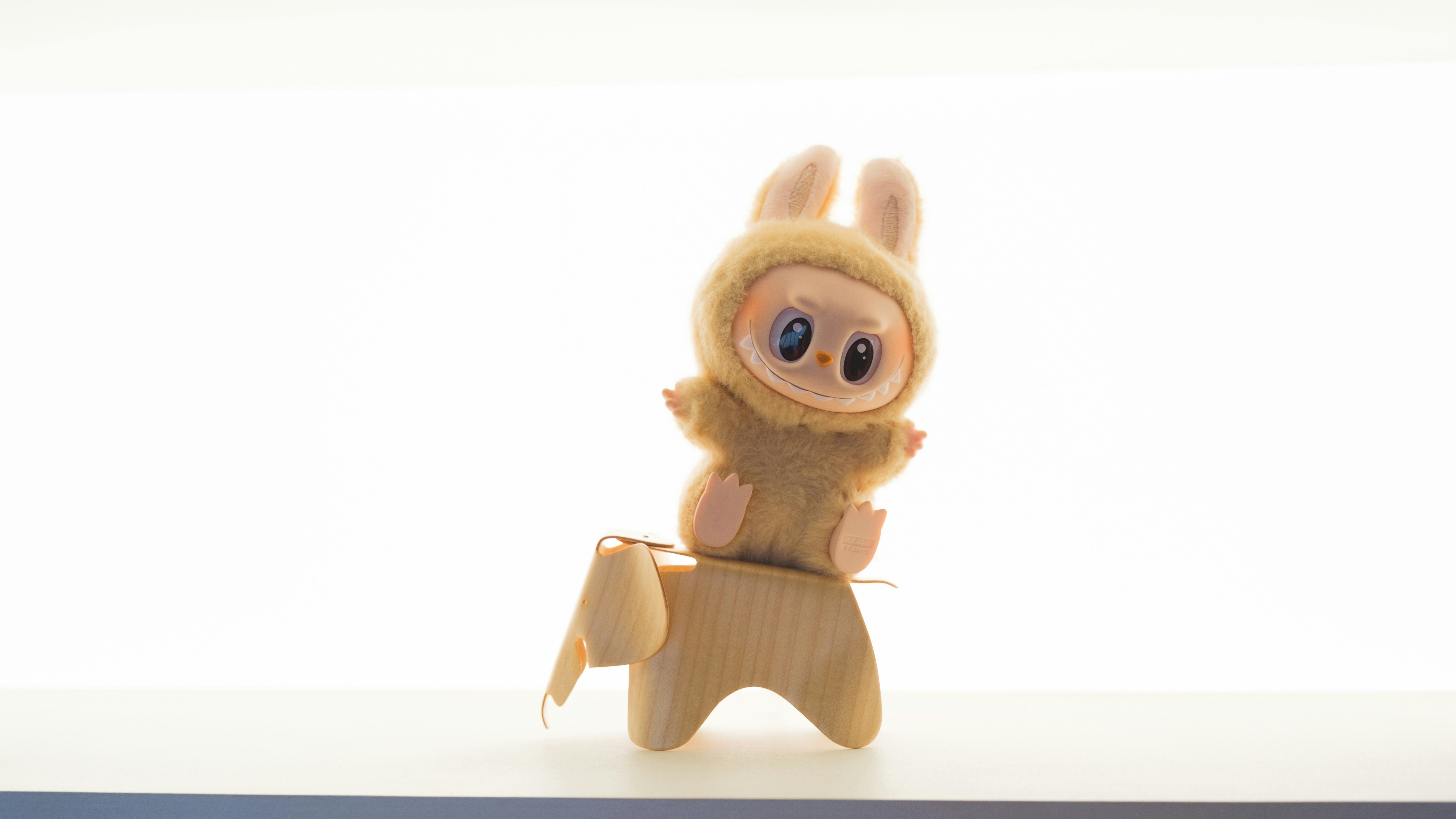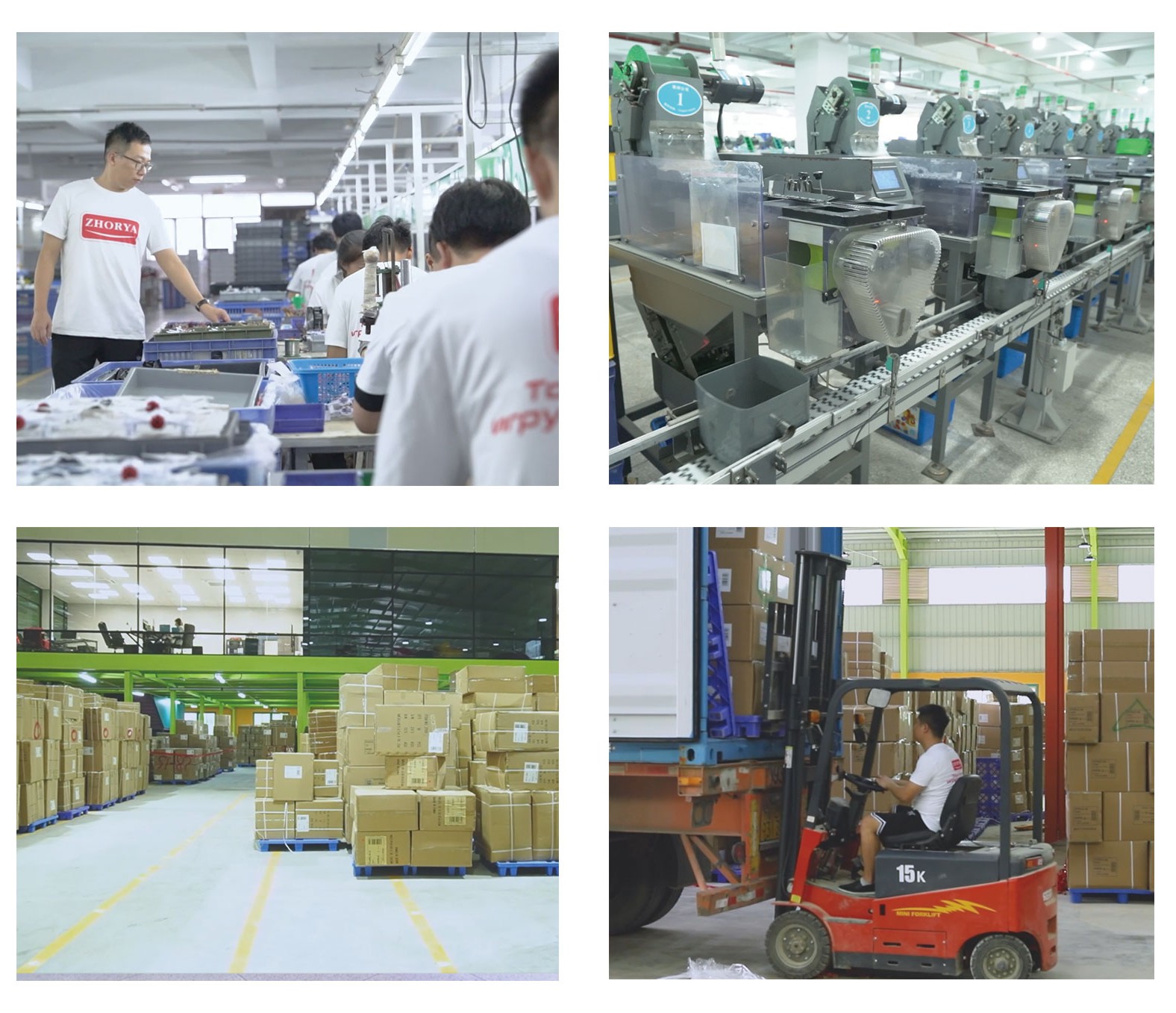Login
Join Free
Why Designer Toys Are Trending: The Rise of Collectible Art Playthings
In recent years, a fascinating shift has occurred in the toy world: designer toys — also called art toys, collectible figures, vinyl toys, sofubi, limited-edition sculptural toys — have grown from niche subculture to a mainstream phenomenon. Once the purview of underground artists and small fan communities, designer toys are now showing up in galleries, fashion editorials, social media, and as investments. What is fueling this surge? In this article, we explore the major forces behind the trend, illustrate how the market is evolving, and discuss what it means for creators, collectors, and brands.
What Exactly Are Designer Toys?
To understand the trend, first we must define terms. Designer toys are not ordinary mass-market toys — they are creative, collectible works of art with a strong design aesthetic, often produced in limited editions. They may be made of vinyl, resin, soft vinyl (so-called "sofubi" in Japan) or mixed media. They may have artistic sculpting, custom paint, unique character design, or conceptual themes. Unlike typical action figures or plush toys, they emphasize the artistic vision of the creator.
Some subtypes include:
-
Sofubi / soft vinyl toys (a Japanese tradition) — small batch, hand-painted, collectible figures.
-
Urban vinyl / art toys — vinyl figures with pop culture, street art, or designer influences.
-
Designer plush / fabric toys — plush designs made by independent designers, sometimes merging art and apparel.
-
Limited edition series / blind boxes — where buyers purchase without knowing exactly which variant they get, supporting collectibility.
-
Gallery or exhibition pieces — oversized or concept works that may cross into the fine art realm.
Because they blend toy, art, and design, designer toys attract a different mentality: one of collecting, curation, community, and aesthetic resonance.
1. The "Kidult" Economy: Growing Demand from Adults
One of the strongest driving forces behind the trend is the rise of the "kidult" — adults (often Millennials, Gen Z, or even older) who enjoy toys and collectibles not for children, but for themselves. Many adults grew up with iconic toys, cartoons, or comics, and now have disposable income to revisit that interest, but with more sophistication. Designer toys offer them:
-
Nostalgia with sophistication: Touchstones of childhood reinterpreted by modern artists.
-
Emotional resonance & comfort: In uncertain or stressful times, small art objects can give joy, playfulness, and a sense of control.
-
Identity & status: Owning limited editions signals connoisseurship, taste, and membership in a collectors' community.
This dynamic is observed in many markets. For example, the rise of Labubu and Pop Mart "blind boxes" is fueled heavily by adult fans. Social media amplifies these purchases: collectors share unboxings, display setups, and reveal rare variants, reinforcing the social and aspirational aspects.

2. Social Media, Virality & Visual Culture
Designer toys are inherently visual, making them well suited for platforms like Instagram, TikTok, and Pinterest. A striking photo of a sculptural toy, or an engaging unboxing video, can go viral. This helps the trend in multiple ways:
-
Amplification: Small artist studios and independent designers can reach a global audience without huge marketing budgets.
-
Community building: Followers, collectors, and fan groups form around specific characters, series, or brands.
-
Hype & scarcity cycles: Limited editions, countdowns, and drops create anticipation — social buzz helps drive sales.
Therefore, many designers intentionally launch with Instagram teasers, limited drops, or "blind box" mechanics to leverage online buzz. The visual, shareable nature of the objects reinforces the trend.
3. Collaboration with Fashion, Brands & Pop Culture
Designer toys don't exist in isolation: many are created via collaborations with fashion labels, streetwear brands, musicians, and popular IPs. Such partnerships introduce art toys to fans of fashion, music, comics, or gaming, crossing disciplinary boundaries. For example:
-
Brands commission toy designers to create mascot figures or collab editions.
-
Musicians or artists release limited-run figures tied to album cycles or character brands.
-
Pop culture IPs (comics, games, films) license to art toy producers.
These collaborations increase exposure, legitimacy, and sales. They allow designer toys to ride on existing brand equity while offering something novel.
4. Art Toy as Accessible Contemporary Art
Traditionally, owning contemporary art required large budgets and connections. Designer toys offer an approachable entry point: you can own an artist's sculptural or design work without spending tens of thousands of dollars. Collectors can own meaningful, limited pieces that appreciate over time. In that sense, designer toys become a bridge between commodity and fine art.
Some galleries now host shows or exhibitions of designer toy works, encouraging collectors to see them in an art context (rather than "just toys"”). This elevates the perceived cultural value and helps attract new buyers.

5. Scarcity, Collectability & Investment Appeal
Scarcity is a central principle: designer toys are often produced in small runs (e.g. 100, 300, or even fewer). This controlled supply, combined with strong demand, creates high resale values. Collectors who acquire early or rare variants may see significant price appreciation. This speculative dimension draws:
-
Investors / speculators looking for "next hot drop."
-
Serious collectors who chase long-term value.
-
Secondary markets and resellers, which further reinforce hype cycles.
The interplay among scarcity, exclusivity, and community strengthens the momentum of this trend.
6. Cultural Shifts: Individualism, Expression & Aesthetic Consumption
In recent decades, consumers (especially younger generations) have sought products that express their identity, values, and tastes. Designer toys align perfectly with that ethos:
-
Personal curation: Collectors curate their shelves, displays, and social media "vignettes."
-
Artistic expression: Artists inject narrative, style, and meaning into toy creations.
-
Lifestyle integration: Some use toys as décor, attach them to bags (e.g. bag charms), or integrate into fashion. (Indeed, Labubu toys are increasingly seen as fashion accessories.)
Thus designer toys are more than entertainment — they're aesthetic objects that consumers live with visually.
7. Technological & Manufacturing Enablers
Several manufacturing or technical shifts support this trend:
-
Affordable prototyping / 3D design tools help small creators design custom forms.
-
Short-run manufacturing / vacuum casting / resin / 3D printing enable small-batch production.
-
Global supply chains and ecommerce allow independent designers to sell worldwide.
-
Better materials & finish processes yield sculptural quality and surface refinement.
These enablers lower barriers to entry, allowing more innovators to participate.

8. Emotional & Psychological Drivers (Escapism, Comfort, Meaning)
Beyond commerce, designer toys tap deep psychological needs:
-
Play reimagined: As adults, we seldom get to "play" — owning an art toy is a tiny return to that mindset.
-
Mindfulness and joy: The process of adding, arranging, and admiring small art pieces can be meditative.
-
Connection and community: Collectors bond over speculations, swaps, and shared enthusiasm.
-
Narrative & stories: Many toys come with lore, stories, and character worlds that enrich meaning.
In uncertain times, escapism and small, uplifting pleasures gain appeal — designer toys fit that niche.
The Future of Designer Toys
The designer toy trend shows no signs of slowing down. Instead, it's evolving into new forms:
-
Hybrid models that merge physical and digital collectibles, such as toys linked to NFTs or AR experiences.
-
Increased collaborations between brands and independent artists to create unique merchandise.
-
Sustainable materials and ethical production methods, as eco-conscious consumers push for greener alternatives.
-
Crossovers with interior design and lifestyle products, where toys become decorative art for adults' spaces.
This fusion of art, design, and culture will continue to shape the next generation of collectibles — and manufacturers who can support custom creations will be central to the trend's growth.
Zhorya: Your OEM/ODM Partner for Designer Toy Production
While Zhorya is known globally for its extensive range of toys, the company also provides OEM and ODM manufacturing services for creative designers, IP owners, and brands who wish to develop their own designer toy lines.
With decades of experience in toy engineering, molding, and production, Zhorya can help you turn your ideas into tangible art pieces — from concept sketches to mass production.
Whether you're an independent artist creating your first collectible figure or a brand exploring limited-edition collaborations, Zhorya's team offers full-service support, including:
-
Custom mold development for vinyl, resin, or plastic toys
-
Material selection and color matching to capture the right look and feel
-
Prototype creation and sample testing to ensure quality and safety
-
Packaging design and branding support for collectible-grade presentation
-
Flexible order quantities to accommodate limited runs or large-scale releases
Every project is handled with strict attention to detail, compliance with international toy safety standards, and respect for your creative vision.
In a world where originality and craftsmanship define success, Zhorya stands as a trusted manufacturing partner that helps bring designer toy concepts to life — beautifully, efficiently, and safely.
If you're ready to turn your art into collectible reality, reach out to Zhorya and explore how our OEM/ODM services can help your brand grow in this booming market.


 Русский язык
Русский язык 中文
中文